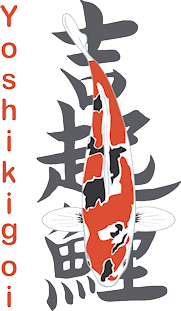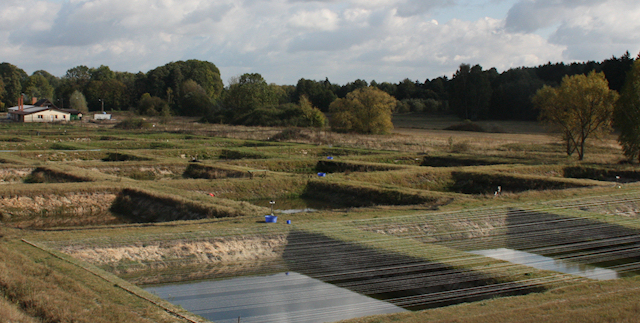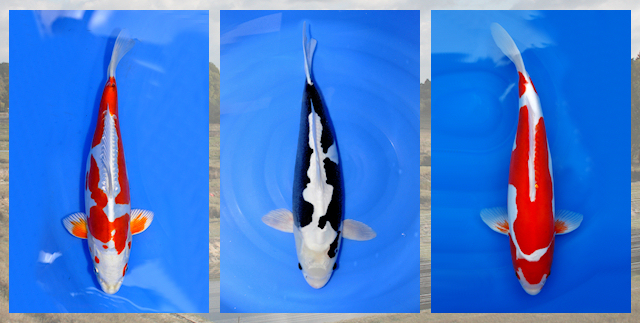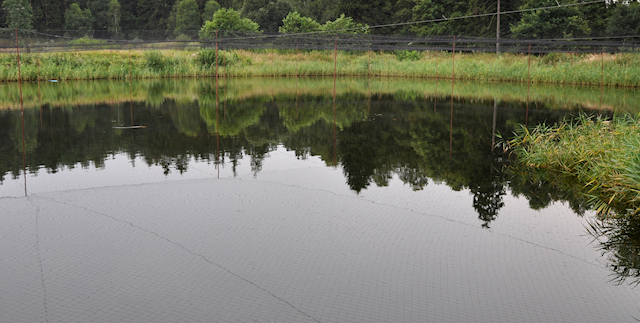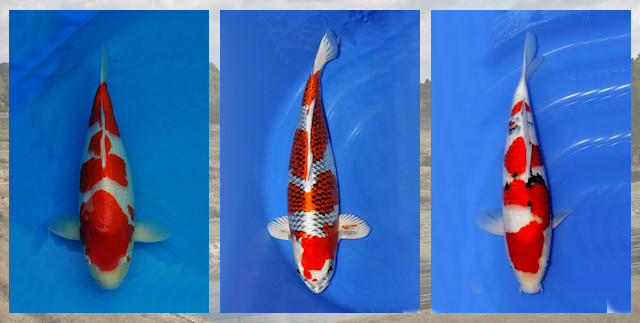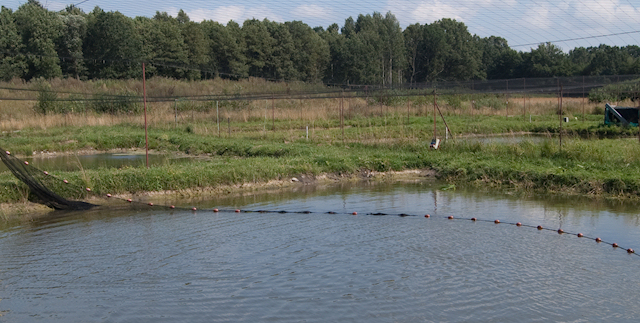NET Protein Utilisation
Much has been written about NPU value or Net Protein Utilisation. There are many different facts spouted about Net Protein Utilisation, particularly that one fish meal is better than the other. Another myth is that protein from warm blooded animals is sometimes used in Koifood. Under EU commission regulations it was illegal until 2014 for it to be processed into most foods. Everyone has heard the negative stories about using offal in animal food. The use of Offal in animal foods in most countries is not allowed and will be rejected as an imported product. To be honest, you would have to search long and hard to find a country where it is possible to import this kind of protein in any kind of fish food, in fact I haven’t found one country where you can. For example, when we were applying for the licence to ship to Yoshikigoi food to the USA, it took over a year before we were granted permission to import the Yoshikigoi Koifood. This was all for the sake of this regulation and the checks that preceded the permits.
So you can see that the requirements are very strict indeed.
The net protein utilisation of each food is not based on any other ingredients often quoted in the food industry, and food manufacturers are also under strict supervision when it comes to applying the rules. It is important for us to understand that no offal is used in Koi food, so it is actually misleading to mention it, and doing so gives a false impression of the food. Offal has a lower protein content , is often not handled with care and can become less fresh. Of course it is important to know which are the body’s natural proteins and which are not, but additional animal proteins derived from offal are not found in koi food.
An exception to the rule is the growing use of blood meal as a protein replacement for fishmeal. The use of blood meal may become eligible for an exception to the EU commission requirements for fish food, but not for animal food. However Food produced this way cannot be exported to most countries outside the EU. For example the first question from the food and consumer product safety inspectorate of America is very clear on this, the import of food with protein derived from warm-blooded animals is not allowed. Certain disease strains can be carried forward so a block on this practice was emplaced.
A good koi food has a net protein utilisation of 65 to 70%, so it would be good if this was clearly stated on the label of the food packaging.
Protein from fish meal is absorbed more easily than it is from soya protein. So in other words, in koi food with high Soya protein content, utilisation is lower than from a koi food with a high fish meal content.
The difference in the quality of fish meal varies depending on the areas and the depth at which the fish are caught. Fishmeal produced by fish from deeper water and from more remote locations away from human habitation is always more expensive. This is because the fish are “pollution free” and also because it is much more expensive to catch these fish. Just think about the distances that the ships have to travel to catch them. Carnivorous fish in particular, that live in deep water, experience less environmental fluctuations because of their living conditions and have the highest protein value with a low fat content. However, this makes this fish meal the most expensive in the world and has a direct and corresponding influence on the price of the food.
Another point which affects the quality is whether the fish meal comes from the whole fish, or fish without offal.
The lowest protein quality fishmeal is made entirely from fish offal. Also, different types of fish can deliver a different protein content. For example, fishmeal made from Herring has a higher protein content than fishmeal taken from Anchovy caught off South America.
For those who are interested this is how the production process from fish to fishmeal works.
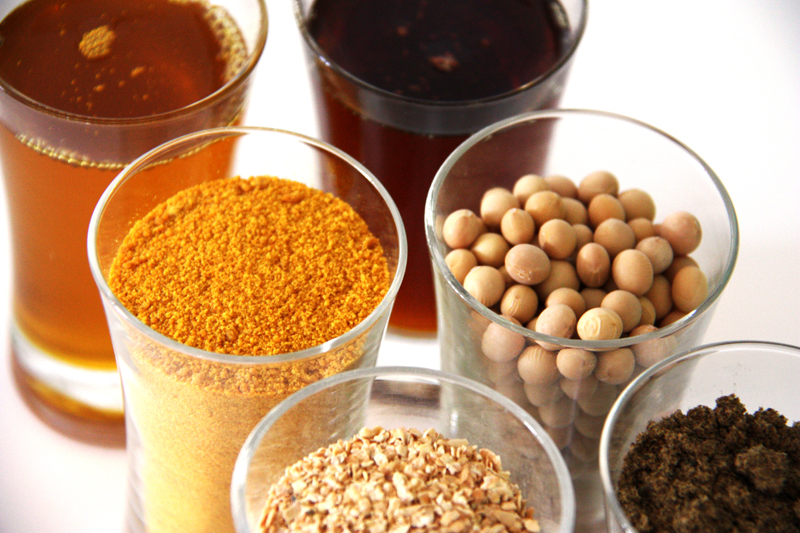
Fish Meal Production.
Most fish meal is extracted from fish that are specifically caught for fish meal production. First of all the fish products are cooked ( 90C ). Next, the liquid and solid form are separated by pressing. The solids consist mainly of the meat and the bones of the fish and the squeezed and separated liquid consists of oils and water. This contains mainly dissolved salts and protein-like compounds. To extract the oils from this liquid, it is then centrifuged. The remainder (in technical terms) is often referred to as stickwater, is sometimes thickened and then merged with the solids from the first process. In high-quality fishmeal, this concentrated stickwater will not be mixed with the solids, but will be sold as a separate product or discharged as waste product.
In dry powder form, this stickwater contains almost as much protein content as the solids. The big difference is that the protein from the solid form consists almost entirely of amino acids, while the stickwater has a maximum of 60% amino acids. Also, stickwater contains so-called chemical N compounds solutions. Some of these are NH3 (ammonia) and trimethylamine (also a colourless, flammable gas that has a strong fish smell) and biogenic amines. I will explain biogenic amines later.
In the trade, fish meal where the stickwater has been added is sold as full fish meal. This fish meal is made up of about 20% of stickwater .
Fish meal where this stickwater is not added is considered by the trade to be the higher quality fishmeal. This fish meal has a higher Protein resistance. Protein resistance means the group of resistant proteins found in food that will be digested by the intestine, not in the stomach. What does this actually mean in simple terms? In order to find out, they place a nylon bag full of the feed material they want to test in a cow stomach. The percentage of what is remaining after incubation in the stomach we call protein resistant.
These remaining proteins are not broken down by the Stomach Microbes but later on in the small intestine and these are the proteins that are made directly available to the animal itself.
Here’s something to think about, to make soya protein more resistant they use formaldehyde.
The percentage of resistant protein then increases from about 35% to over 80%.
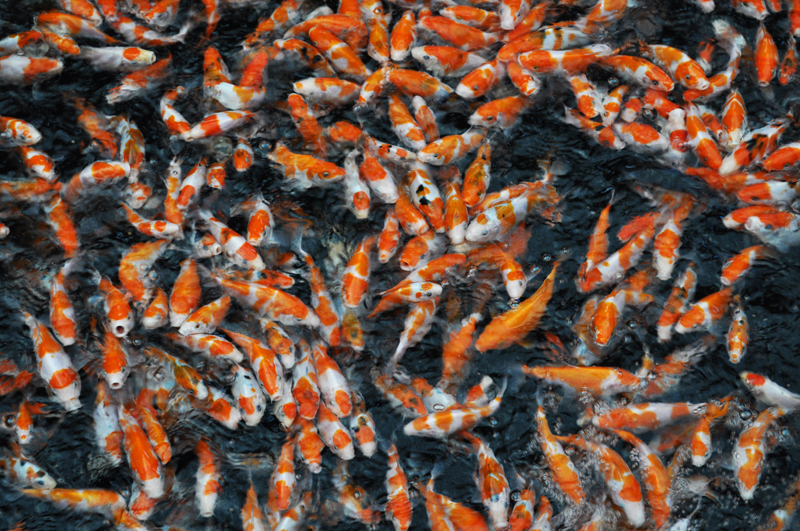
NET protein utilisation and biogenic amines.
Not only does the food have a higher protein resistance, but also richer protein based on essential amino acids. In addition, the content of biogenic amines is also lower. I previously said I would come back to Biogenic amines. Biogenic amines are commonly found in all food products.
These are often formed and stored by the processing itself. Food like fish which is high in protein, can form large amounts of biogenic amines. Normally these biogenic amines are no problem. The body normally makes its own and can easily break them down, but introducing large quantities can have a negative effect on the body and may even cause some health problems. I won’t go into too much detail, but it is important to know that less is better.
Quality and Processing.
Another important consideration is how well, how warm, and how long the fish was kept during, and before processing. This affects not only higher biogenic amines value but also all types of protein degrading substances. These protein degrading products are for the most part water soluble, and so can be separated out in the stickwater during the first processing of the fish. Naturally, this will affect the protein breakdown of the end product (full fish meal) when they add the stickwater to it. As a result the end product becomes of a lesser quality. Also, fish that are less fresh form free fatty acids.
The quality of the fish meal can be adversely affected by an intensive, or too high a heat treatment during processing of the fish meal. This is a very important process which is often deliberately kept from the public. Drying fish meal at temperatures below 65-75 degrees Celsius is referred to as a low temperature treatment. This is what is meant by higher quality fish meal being produced at low temperatures. Because of this low temperature drying the NPU value is often above the 70-75%. The drying process for lower quality fish meal is higher and thereby contains a lower NPU value.
If the fish was less fresh before processing, then at a higher temperature, faster drying of the fishmeal becomes more important. That means when the drying of this fishmeal takes place at lower temperatures the NPU value is reduced even further. This is because we already started with less fresh fish and because of this there are already certain processes in motion that negatively affect the NPU value of the finished product. To stop this negative process, it is better to dry the fishmeal faster.
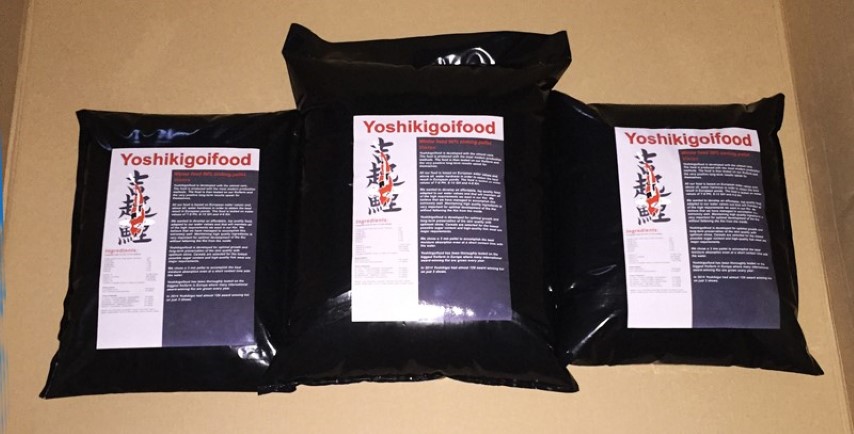
Only the highest quality fresh fish meal with a low temperature drying process has been chosen for Yoshikigoi koi food, ensuring the highest possible NPU value.
To be certain that every new batch contains the same quality fishmeal, new test data is required on every new batch, because as I highlighted before, if the ingredient fish is stored in slightly different conditions, it will negatively affect the final quality.
If the temperature of the fish meal drying process is too high it can lead to protein damage. This decreases the content of digestible Lysine. Lysine cannot be created by the body itself and must be included via the diet. As a result, it belongs to the essential amino acids, and it is important that it is present at the highest possible level.
But how do we calculate the NPU value?
First of for all it is important to know when testing, few or no fish are used. All tests are conducted for and on livestock such as pigs, cows and chickens. There are several methods used to validate the quality and nutrition intake of food.
The most animal-friendly way to do this is the In-vitro method.
But what is In-vitro protein digestion? In Vitro is a term for biological techniques that are applied outside the body of the organism. In other words, tests that take place in a lab and not in the body. In-vitro protein utilisation is a method that was developed in the laboratory to obtain the data from the protein utilisation of the stomach and intestines. In the past (and sometimes still now) this testing is done using animals. However, there are now techniques developed to mimic this in a lab. This process is called In-vitro. This technique can determine the protein utilisation of the feed and also where certain proteins in the feed are absorbed. For example, in the stomach and the various parts of the intestinal tract. As we have already described the production process (temperature) is important, and also whether or not they have added stickwater, because we know added stickwater and/or higher drying temperature will mean the feed will have a lower nutritional value.
We have to remember that it is not (yet) known or researched, as to what extent these lab and animal studies compare in practice in different animals, let alone fish species. Also, to complicate matters further, fish only have a very small stomach or a stomach with almost no digestive functions, like our Koi (CARP).
Koi would logically benefit more from a high NPU value that is more easily taken up through the intestine. Here at Yoshikigoi, we are already giving this process our full attention and working hard on research towards a better understanding of this process and how to benefit from it.
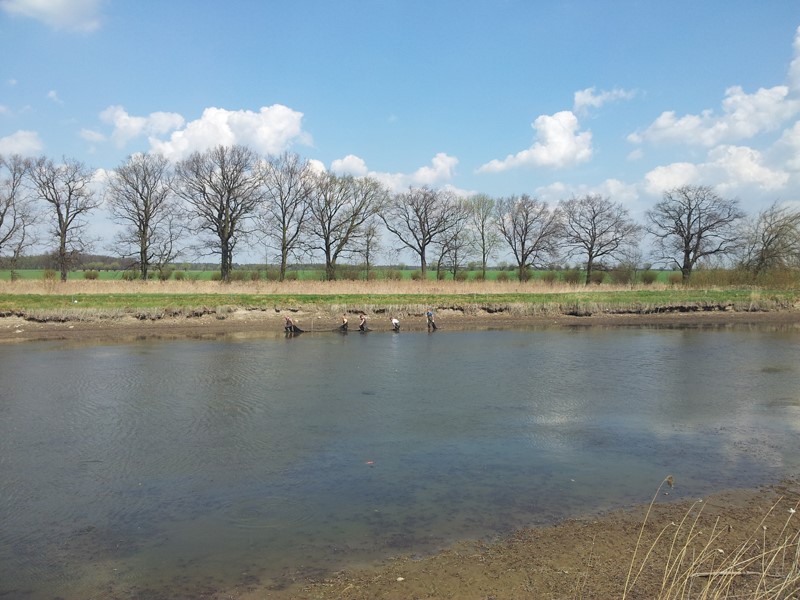
How does the body actually absorb and use the proteins, and what is the advantage of a high NPU value?
Proteins split in amino acids. There are enzymes that split the proteins. The enzymes that split the proteins are called Proteases and they form amino acids that travel through the bloodstream to all body cells. This process creates the body’s own proteins. High-quality protein automatically has a higher NPU value. In simple terms, with higher protein utilisation the extraction of all the essential amino acids is higher and this gives a higher yield in nutritional value.
It is often claimed that all the essential amino acids are represented in a particular koi food. In fish meal and/or koi food, the right amino acids to match the body’s own proteins will always be present, only the number and the quality can vary. Hence the advantage of using a high quality protein food with a high NPU value.
Floating Koifood
Making floating pellets is not so easy and so is frequently dismissed as something that is bad for the Koi and not natural for them. They are naturally bottom feeders and only occasionally slurp some natural food from the surface. However, we like to look and observe our the Koi at their best, and so to enable us to do this, floating foods are more suitable than sinking pellets.
It is no mistake that 90% of all the koi food used by breeders in Japan is floating and not sinking. Only when the breeders prepare their Koi for the shows do they use sinking pellets to improve the muscle build of the Koi. We often compare many things with Japan, but all of the splendid koi that we see coming out of the mud ponds of Japan were raised with floating food and not sinking pellets.
Of course some people continue to believe differently, and I would be very interested to hear from them.
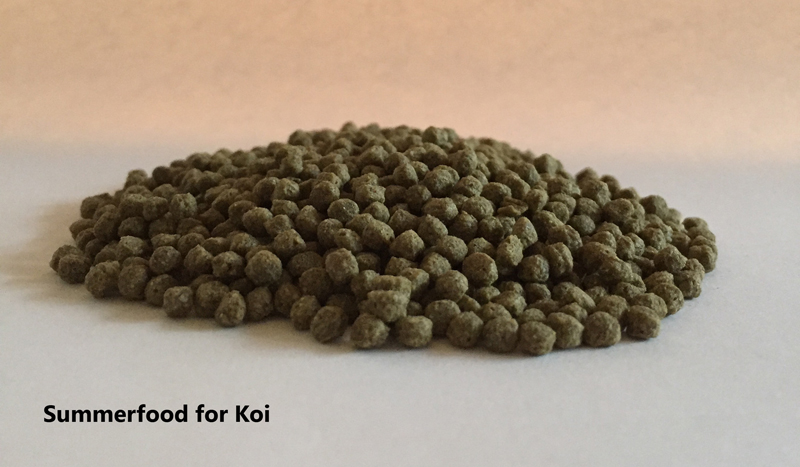
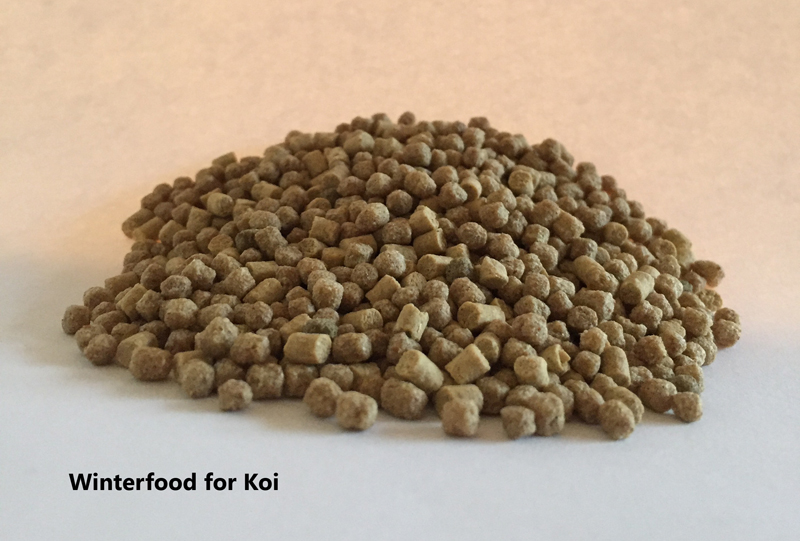
Moreover, it is proven that when carp are kept in a clearly increased water flow environment, the feed conversion rate is much higher for the same amount of food. Naturally this results in more weight and more growth from the same amount of food. For those who want to create more flow in their pond, it is important that this increased flow is not put through the filter, but only happens in the pond. It is better to keep the flow of the filter on the recommended rate and the extra flow only in the pond. For that we only need to install extra pumps in the pond and not in the filter.
This will improve the body shape, and give more growth to the Koi without using more food. The reason for this is because the food conversion is much higher and is utilised by the fish in muscle and skeletal growth which equates to quicker growth as opposed to a fish becoming fat and storing excess calories in the belly region.
The process to make the pellet floating is not that simple and there are generally more specialist techniques involved. Let’s talk about this in the next article on koi food and its production.
It is sometimes said that the choice of ingredients with a naturally higher sugar content is less important than I would like, so I would like to pick up on this in the next article and discuss the pros and cons of higher sugar levels in the ingredients of the koi food. Hopefully I will make it clear why a lower sugar content in the ingredients is important.
Production of Koi food.
If you understand what I have written above, you will understand that a lot can go wrong in producing and ensuring a consistent, high quality product. The production process is something that is controlled by the very strictest regulations. This means that the greatest effort is put into safety measures that prevent fungus or other harmful elements that would have a negative impact on the quality of the food. Among other things, contaminated fish meal can be a major problem when not subject to a controlled hygienic process. Also, more people now make their own food, but those doing so need to be aware of the dangers of homemade food and it should be frozen immediately after being made up. To thaw the food, don’t use the microwave. This will reduce the NPU value.
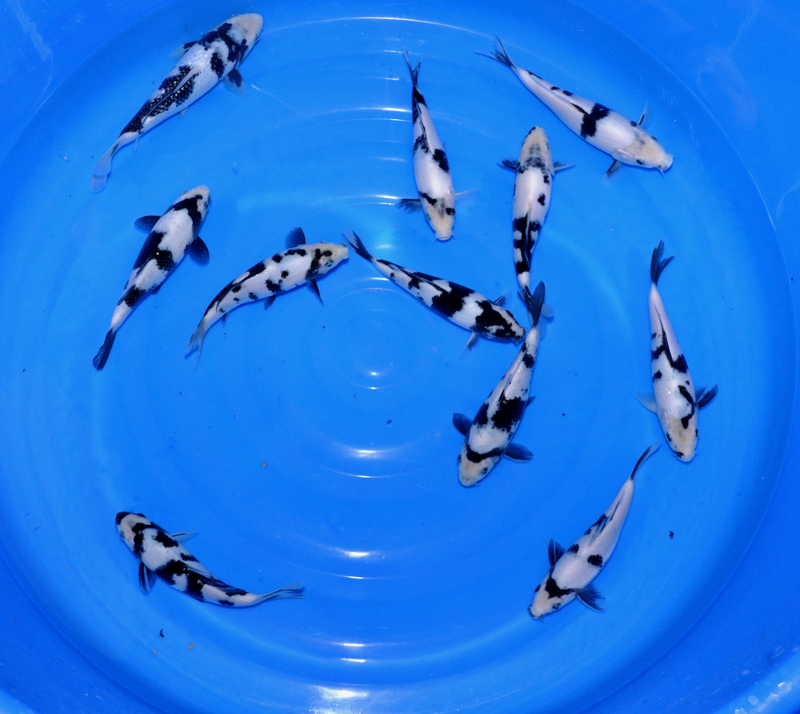
So often Koi enthusiasts profess they do their best for Koi but do you really know what you are putting in to your koi? When you feed your Koi I think you should be entitled to know exactly what is in your food, why it is in there and how it benefits your koi. Next time you are considering a repackaged food from your local Koi dealer maybe you will consider the facts explored in this article.
Jos Aben
Yoshikigoi
